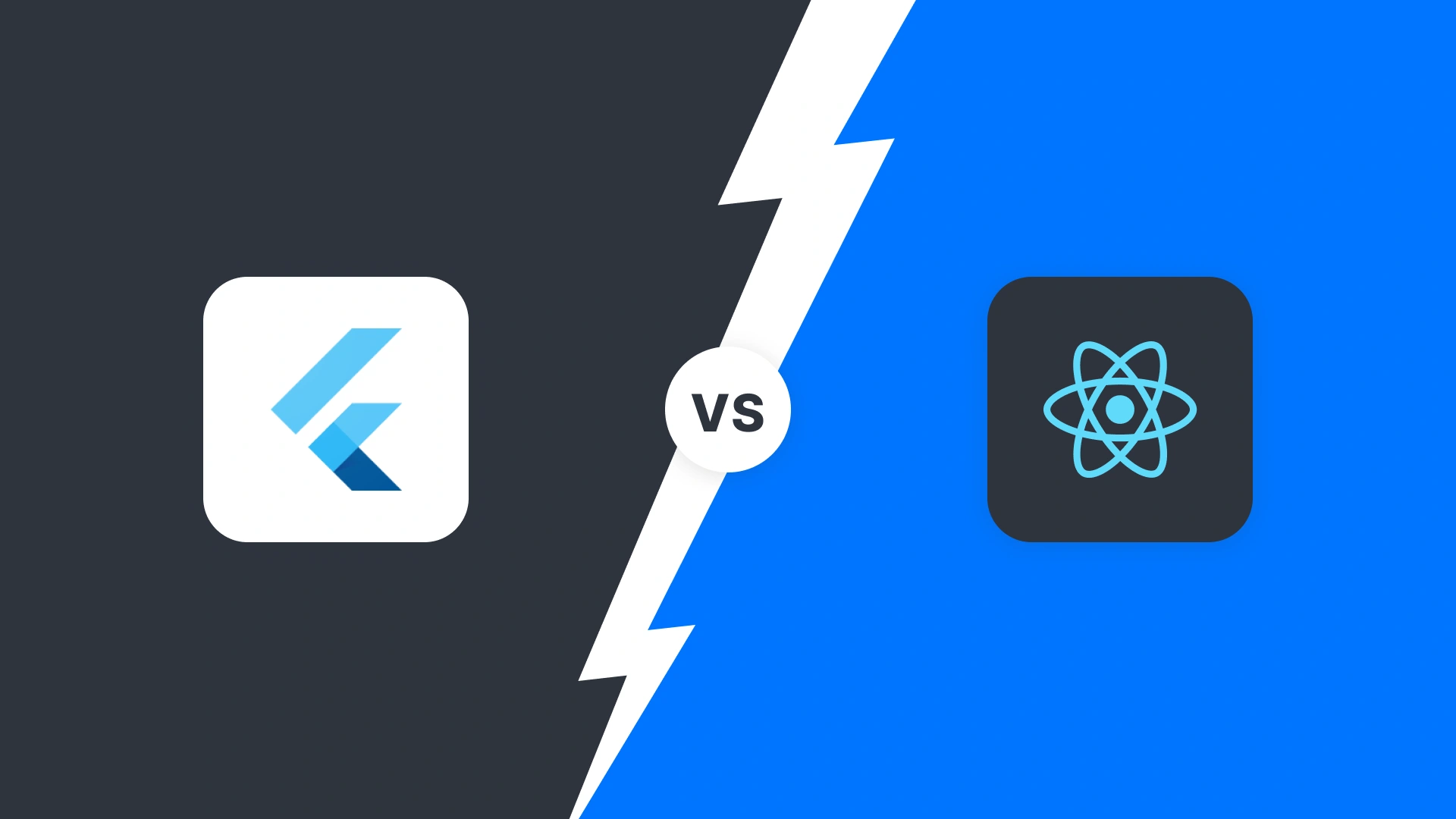
Salim Elliye
In this blog post, Mr. Salim Elliye tackles the following important question:
Should one use Flutter or React Native to develop a cross-platform mobile app?
In the world of mobile development, Android and iOS have been the primary platforms for developers. While these platforms share many similarities, their underlying codebases are different. For example, Android development relies on Kotlin, Java, C, and C++, while iOS development uses Objective C and Swift. Native mobile development, therefore, requires knowledge of multiple languages like Swift and Kotlin, which can be a significant challenge for developers who want to build and publish applications on both app stores.
To address this issue, cross-platform mobile development technologies have emerged, allowing for less coding, quicker app release times, and reduced development budgets. Among these technologies, Flutter and React Native stand out as the top contenders. In this blog post, we'll explore the differences between Flutter and React Native, weigh their pros and cons, and help you make an informed decision for your next project.
1. Benefits of Cross-Platform Mobile Development:
Before diving into the Flutter vs. React Native comparison, let's quickly go through some advantages of cross-platform mobile development:
- One code for two platforms: Developers only need to write a single codebase for Android and iOS apps. Cross-platform technologies are platform-independent, enabling the execution of the same app on both platforms while allowing for customization, if necessary.
- Less testing: Developing a single app for both platforms means fewer tests and a faster Quality Assurance (QA) process. Developers only need to write automatic tests once, and QA specialists have just one app to check. If there are differences between the apps on each platform, they need to be tested separately.
2. Introducing Flutter and React Native:
- What is Flutter?
Flutter, Google's mobile app SDK, is a comprehensive framework that includes widgets and tools for building visually appealing and fast mobile apps for Android and iOS. Launched in May 2017, Flutter's first stable release was in December 2018. With Flutter, developers code in Dart, a language unique to Flutter and developed by Google.
With its rich set of widgets, Flutter enables smooth and easy cross-platform mobile app development without the need for separate iOS and Android apps. Additionally, the hot reload feature allows for quick and straightforward experimentation, UI building, feature addition, and bug fixing.
Popular Apps Made with Flutter include:
- Google Ads
- Alibaba
- Birch Finance
- What is React Native?
React Native, developed by Facebook in 2015, is a popular, flexible cross-platform app development framework that allows developers to use React, JavaScript, and native platform capabilities to build mobile apps. This reliable, open-source framework offers easy implementation of native UI components, hot reloading, platform-specific code, and a large UI support community. Moreover, developers can benefit from its numerous plug-and-play modules.
Popular Apps Made with React Native include:
- Walmart
- Bloomberg
3. Flutter vs. React Native:
- Programming Language: React Native uses JavaScript (ReactJS), making it easy for web developers to work with. In contrast, Flutter uses Dart, a language created by Google that offers several advantages, such as productive app development. Dart is similar to popular Object Oriented Programming languages like Java and C++, allowing developers familiar with those languages to learn Dart quickly.
- Documentation: Flutter's documentation is extensive, user-friendly, and filled with helpful graphics and videos, making transitioning from another framework or optimizing a current project easier. React Native's documentation, on the other hand, pales in comparison.
- Installation and Initial Configuration: React Native's installation and configuration are simple and quick relative to Flutter's due to their architectural differences.
- Performance: While Flutter is one of the fastest cross-platform frameworks, its development speed lags behind React Native due to Dart's less widespread adoption. However, Flutter's engine allows for better performance since it uses native components, whereas React Native relies on JavaScript to interact with these components.
- UI Components: Flutter offers a rich set of built-in widgets for designing an attractive and smooth UI, which reduces the need for third-party libraries. React Native, on the other hand, provides a more limited set of built-in components, often necessitating external libraries for UI development. However, the vast React Native community provides numerous third-party libraries, making it easy to find a suitable solution.
- Community and Support: React Native, being around longer than Flutter, boasts a larger community and more extensive support. Many libraries, tools, and resources are available for React Native, making it easier for developers to find assistance. Flutter's community is rapidly growing; however, it still lags behind React Native in available resources.
- Hot Reload: Flutter and React Native support hot reload, a feature allowing developers to see changes in real-time without restarting the app. This feature significantly speeds up development and debugging processes.
In conclusion, choosing between Flutter and React Native depends on your project's specific needs and your team's familiarity with the languages and tools. If you prioritize performance and seamless UI, Flutter may be the right choice. However, if you have a team experienced in JavaScript and are looking for a more mature ecosystem, React Native could be the better option. It's essential to evaluate your team's strengths, your app requirements, and the resources you have available before committing to one framework over the other. Both Flutter and React Native have their unique advantages, and each can lead to a powerful cross-platform mobile app when used effectively. Last but not least, it is worthwhile noting that Flutter is easier to use as it is more resistant to system updates. In other words, when iOS or Android update their OS, the app remains intact. However, React Native depends on native elements, and therefore, the app may be affected by any newly released update of the OS.